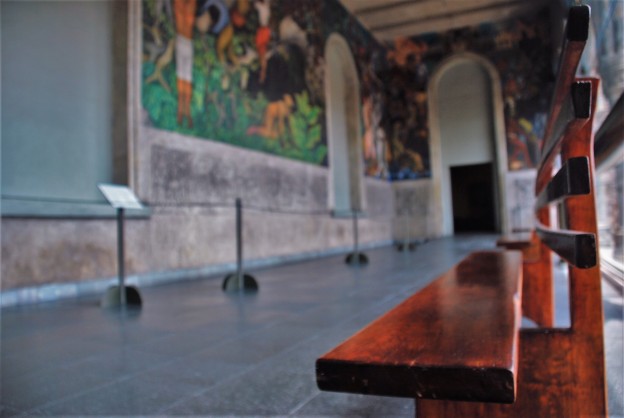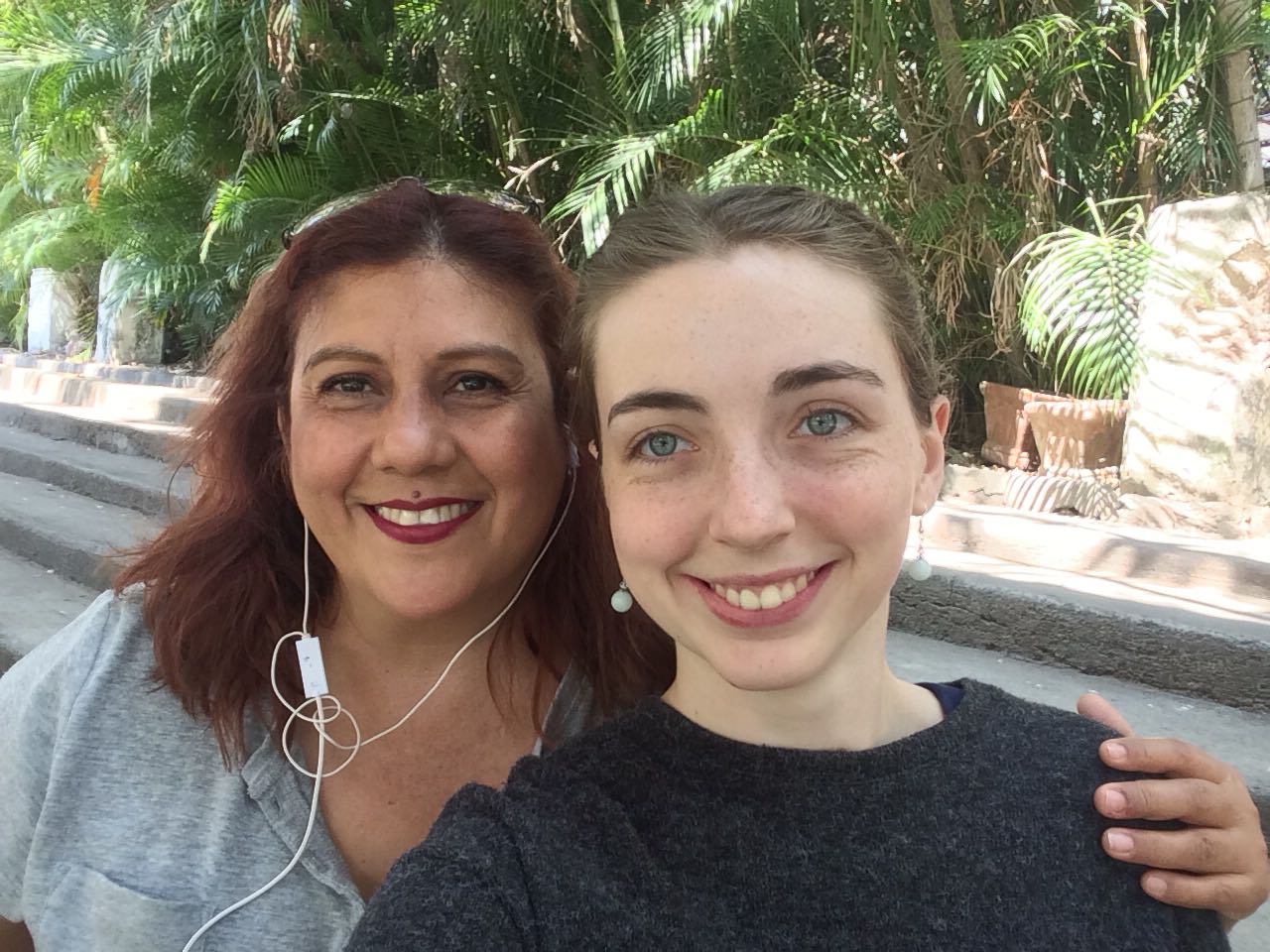This past week the group again met up with students from International House, a university here in Mexico. The groups met in honor of international women’s day to talk about the history of women’s rights, both in Mexico and the United States. Each week that we meet with IHouse, a few students from each group—both the Mexican students and the US students—present on the same issue in their individual countries. This way, both groups can learn about the same topic in the context of two different countries. It was fascinating in many ways to see the parallels and the contrasts between the histories of feminism in the two countries.
I happened to be a part of the group this week presenting on feminism in the US. Our group touched on the three main waves of feminism, as well as the emerging fourth wave, and discussed the various ways of seeing feminism in the US context. We also played a trivia game at the beginning to test students on their knowledge of feminism. For a sample of what we discussed, see if you can answer these questions right:
The Mexican students who presented talked less in terms of waves of feminism, and instead focused on different powerful female figures in Mexican history. After this, they told us some staggering statistics on feminicides (the gender-based hate crime of killing women because they are females). For example, in Mexico, an estimated seven women were killed every day in 2016 due to feminicides. The group told us that often in the cases of feminicides, the authorities question the characters of the women killed instead of conducting investigations into the deaths. They also had us participate in two different activities related to women. In one, they had us draw a woman and represent in her the power of women. In the other, they separated the women and men into two groups and had each write characteristics they like in the other gender. The activity played out in an interesting way in that the male group ended up writing positive characteristics of women, such as “strength,” and “wisdom,” whereas the female group ended up writing what they want in men, including descriptions such as, “no mansplaining,” and “empathy.” However, the activities made many think more deeply about gender relations and dynamics and some of the similarities and differences between the genders in this respect.
Separate from our gathering with IHouse students, we learned more about feminism in a Mexican context from a presentation on Monday the 12th on the history of feminism in Mexico. The presentation was given by Lilia Venegas, who works for the National Institute of Anthropology and History in Mexico. Venegas explained to us that in a similar manner to the suffragettes in England, Mexican women used as one of their primary arguments for suffrage that because women fought in the revolution, they should also be able to vote in the elections. However, despite women’s movements for the vote, women did not gain suffrage until 1952.
Overall, in the past week the group gained a much broader understanding than before of feminism in Mexico. I personally hope to continue learning about this topic, since it seems of utmost importance today, and for the future of women, both in the United States and Mexico.
*1. D (37%)
2. A (8-9%)



